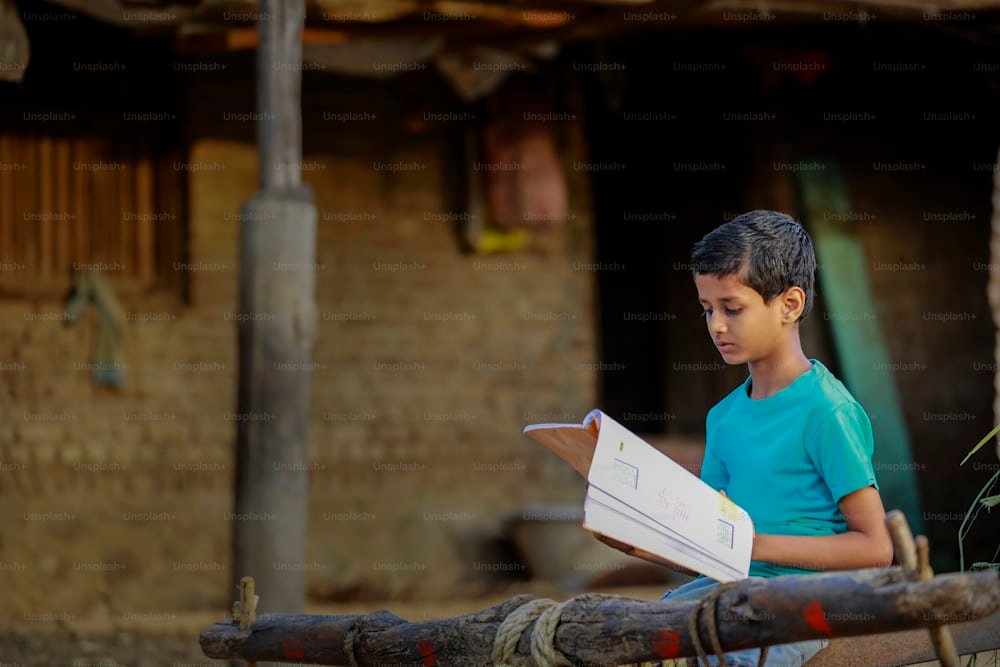India’s education system is one of the largest in the world, catering to a vast and diverse population. Education is seen as a key factor in driving social and economic progress, and the number of schools in the country reflects this commitment. But just how many schools are there in India, and what does this tell us about the state of education?
In this blog, we’ll explore the total number of schools in India, the difference between public and private schools, and the challenges and opportunities facing the education system today.
Total Number of Schools in India
As per the most recent data from the Ministry of Education, India has more than 1.5 million schools. These schools serve students from pre-primary through secondary levels and include both public and private institutions. The size and scope of this network highlight the country’s ongoing efforts to provide education to its growing population.
However, the distribution and quality of these schools vary significantly, particularly between urban and rural areas. While the number of schools has increased, access to quality education remains a pressing challenge, especially for students in rural regions.
Public Schools vs. Private Schools in India
India’s school system is divided into public (government-run) schools and private schools. Both types play crucial roles in educating India’s youth, but they differ in terms of resources, infrastructure, and educational quality.
1. Public Schools (Government Schools)
Public schools in India are funded and managed by the government, offering free education to students. These schools are crucial in providing access to education for children in both urban and rural areas, particularly those from low-income families.
Despite their importance, public schools face several challenges. While some public schools are well-equipped and provide quality education, many others, especially in rural areas, suffer from poor infrastructure, teacher shortages, and inadequate resources. These issues often affect the quality of education students receive, leading to lower academic performance compared to private schools.
2. Private Schools
Private schools are independently run and funded by private organizations or individuals. While private schools represent a smaller portion of India’s total number of schools, they have seen significant growth, particularly in urban areas. Many parents choose private schools because they believe these institutions offer better facilities, more qualified teachers, and a higher standard of education.
However, private education can be costly, making it inaccessible for many families, particularly in rural or economically disadvantaged areas. The rise of private schools has also widened the education gap between students who can afford private schooling and those who rely on public education.
Urban vs. Rural School Distribution
One of the biggest challenges in India’s education system is the disparity between urban and rural schools. While urban areas tend to have more schools and better facilities, rural regions often struggle with a lack of resources and qualified teachers.
1. Rural Schools
In rural areas, public schools dominate the education landscape. The government has made significant efforts to expand access to education in rural regions by increasing the number of schools. However, these schools often face challenges such as inadequate infrastructure, a shortage of trained teachers, and limited access to educational resources.
In many rural areas, students must travel long distances to attend school, and the lack of basic amenities, like clean drinking water and proper toilets, further hampers the learning experience. While initiatives to improve rural education are ongoing, there is still a significant gap in the quality of education between rural and urban schools.
2. Urban Schools
Urban areas tend to have a higher concentration of both public and private schools, offering better infrastructure, access to technology, and extracurricular activities. Private schools, in particular, have flourished in cities, offering modern facilities, smaller class sizes, and better teacher-student ratios.
However, urban schools also face challenges, such as overcrowded classrooms in public schools and the high cost of private education. Despite these issues, students in urban areas generally have better access to quality education compared to their rural counterparts.
Key Challenges Facing India’s Education System
While India has made significant strides in expanding its education system, several challenges persist. Addressing these issues is crucial for ensuring that all students, regardless of location or background, have access to quality education.
1. Quality of Education
While the number of schools has increased, the quality of education remains a significant concern, especially in public schools. There is a need for better teacher training, improved teaching methods, and modern infrastructure to enhance the learning experience for students.
2. Teacher Shortages
Many schools, particularly in rural areas, suffer from teacher shortages. This issue is exacerbated by the fact that teachers are often responsible for multiple grades or subjects, making it difficult to provide students with individual attention. Addressing this shortage is essential to improving the overall quality of education.
3. Infrastructure Gaps
The condition of school infrastructure varies widely across the country. While some schools, particularly in urban areas, have access to modern facilities, many rural schools lack basic amenities such as classrooms, toilets, and clean water. Improving infrastructure is critical for creating a conducive learning environment.
4. Access and Equity
Despite the large number of schools, access to education remains unequal, particularly for children in rural areas, girls, and students from marginalized communities. Ensuring equitable access to quality education is essential for India’s long-term development.
Conclusion: India’s Expanding Education System
India’s education system, with over 1.5 million schools, is one of the largest in the world. The increase in the number of schools reflects the country’s commitment to expanding access to education for all. However, while the quantity of schools has grown, there are still challenges related to quality, infrastructure, and equitable access, especially in rural areas.
Addressing these challenges will require ongoing investment and reform in the education sector. By improving teacher training, upgrading school infrastructure, and ensuring that all students have access to quality education, India can continue to build on its progress and provide a brighter future for its younger generations.
The state of education in India is a complex but evolving landscape, and the focus must remain on ensuring that every child, regardless of location or background, has the opportunity to learn and succeed.











